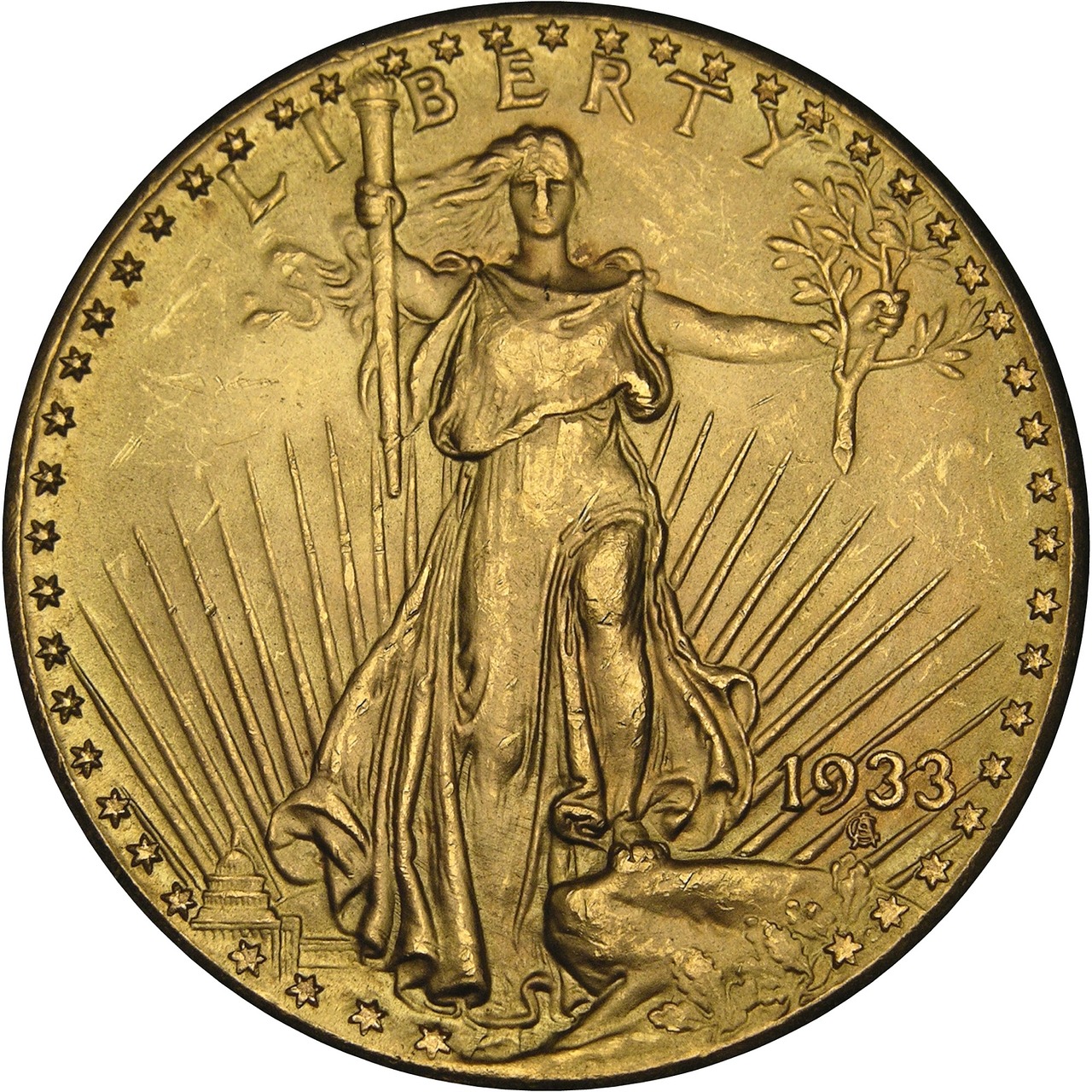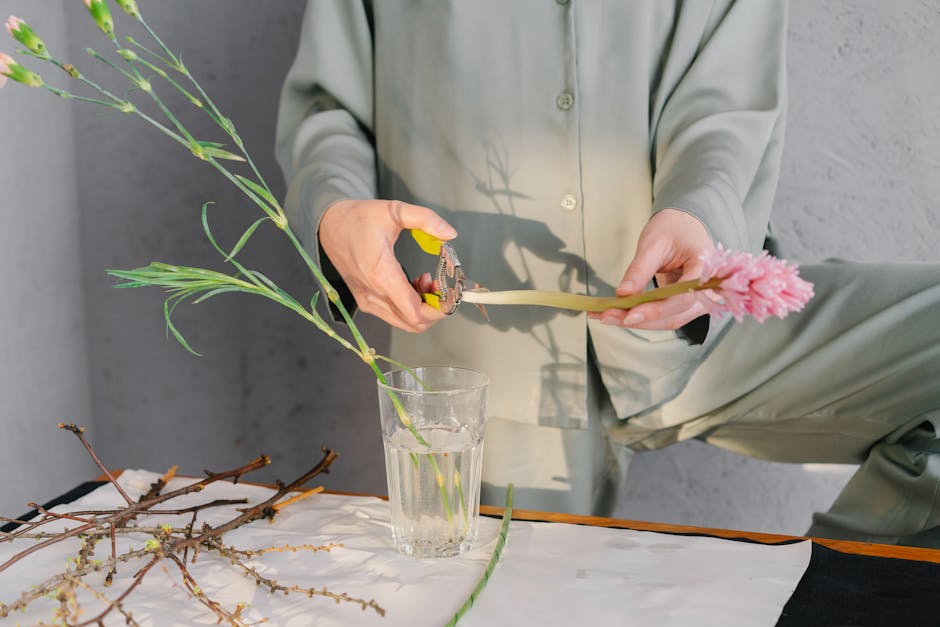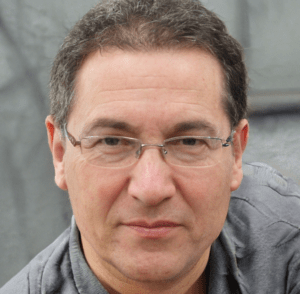Why Creativity Is More Than a Hobby
Painting, dancing, journaling, making music these aren’t just hobbies for a rainy day. They’re tools. Tools for getting through the hard stuff. When your brain is racing or emotions are jumbled, doing something creative gives shape to the mess. It grounds you. Instead of spiraling, you’re making something with it.
Expressive arts help put a frame around what you’re feeling. It might not solve the issue, but it gives your mind a pattern to follow a bit of order in the inner static. This reduces emotional overload, which makes space to breathe, think, and eventually feel more in control.
And this isn’t just feel good talk. Creating actually taps into the parts of the brain tied to reward and pleasure. That hit of dopamine you get when you finish a drawing or land the right lyric? It’s real and it helps lower the fight or flight stress response while you’re at it. The brain isn’t just watching what you make. It’s healing along the way.
The Science Behind the Art
Creative expression doesn’t just feel good it creates measurable changes in the brain and body. Scientific research continues to uncover how engaging in artistic activities supports mental health on a physiological level.
Creative Activity Reduces Stress
Studies show that participating in drawing, painting, or music making sessions can actively reduce cortisol, the body’s primary stress hormone.
Even brief interactions with creative tasks whether structured or spontaneous can lead to a noticeable drop in stress and anxiety levels.
Natural Brain Chemistry Boost
When you’re immersed in the creative flow, your brain releases dopamine, the neurotransmitter linked to pleasure and motivation.
This reward response can help reinforce positive habits and create a sense of progress, especially important for those managing depression or burnout.
Clinical Use of Art Therapy
Art therapy is no longer limited to niche practices it’s being integrated into mainstream mental health treatment.
Used in professional settings: Therapists increasingly include art based approaches for patients dealing with:
Anxiety and depression
PTSD
Chronic illness and pain
These methods allow individuals to process experiences too complex or painful to describe with words alone.
The Impact of Even a Few Minutes
Research confirms that short, consistent creative sessions as brief as 15 minutes can improve mood and enhance emotional regulation.
Regular creative expression helps train the brain to focus, express difficult emotions constructively, and return to a calmer state faster after emotional triggers.
In summary, creative engagement taps into key areas of the brain that regulate emotions, making it not just a hobby but a legitimate therapeutic avenue supported by neuroscience.
Different Forms, Same Outcome

Not every emotion shows up in words. Drawing and painting give shape to feelings that are hard to explain out loud grief, fear, even quiet joy. When people put brush to canvas or pen to paper, they’re not just making art. They’re mapping their internal state.
Same goes for music and movement. Drumming, dancing, even swaying to a beat these link the brain and body in real time. They pull people out of overthinking and into rhythm. That shift alone can cut anxiety levels and build grounding.
Creative writing gives the storm inside a direction. Journaling, poetry, even short stories help people process what happened, what it meant, and how they feel now. It gives them distance, structure, and often, relief.
And then there’s the group element. Workshops and shared creative spaces break isolation fast. Even when no one speaks, creating side by side with others builds connection. It reminds people that they’re not the only ones grappling with hard things and they don’t have to do it alone.
Real World Evidence of the Impact
The data is clear: creative expression works in the real world. Veterans returning from combat, teens navigating identity, adults coping with grief all have seen measurable mental health gains through programs that combine art with therapy. These aren’t just feel good stories. Studies show reduced symptoms of depression, anxiety, and PTSD when creative routines are part of treatment plans.
Even outside of formal programs, people living with anxiety and depression consistently point to artistic activities as anchors in their daily routine. Writing a few lines in a journal, sketching a quick mood on paper, strumming a guitar for ten minutes all of it adds up. It’s the kind of low barrier, high impact self care that doesn’t require a prescription.
Want to dig deeper into how this all connects? Check out the full breakdown: art and healing connection.
Getting Started Without Pressure
Creative expression doesn’t require talent only curiosity and a willingness to explore.
Focus on Process, Not Perfection
The goal isn’t to create a masterpiece. In fact, the real value lies in allowing yourself to feel, explore, and express without limits.
You don’t need to be an artist to benefit
Expressive creativity supports self awareness and emotional relief
Release the pressure to impress or perform
Build a Low Stress Routine
Starting small helps reduce the resistance that often comes with trying something new. Find a form that feels approachable and enjoyable.
Journal for 10 minutes: Let your thoughts flow freely each morning or evening
Doodle to decompress: Draw aimlessly while listening to music or podcasts
Try basic sculpting or clay: Working with your hands encourages presence and play
Use Prompts to Get Unstuck
If staring at a blank page or canvas feels overwhelming, try setting light constraints.
Choose a color and build around it
Reflect on a feeling and express it visually or through music
Create a mood board that reflects your current mindset
Want to Dive Deeper?
For additional guidance and insights on how creativity supports emotional healing, explore this feature article: The Connection Between Art and Emotional Healing
Takeaway: Creativity Is a Daily Ally
Creativity isn’t just a burst of inspiration it’s a daily practice that nurtures mental well being. Even small, consistent acts of expression can build emotional strength and improve psychological stability over time.
Why Small Acts Matter
Building resilience doesn’t always require grand gestures. Instead, approachable creative habits can incrementally shift how we cope with life’s demands.
A five minute sketch can refocus your energy
Writing a few lines in a journal can clarify your emotions
Playing an instrument or dancing can instantly lift a low mood
These micro moments of expression help regulate emotions, encourage self awareness, and offer a break from mental fatigue.
Creativity as Maintenance, Not Luxury
It’s easy to dismiss creativity as something optional or reserved for artists. In reality, making time for creative expression is just as essential as exercise or sleep when it comes to mental health.
Expression helps release psychological pressure
Regular creative practice acts as emotional maintenance
It creates space for reflection, restoration, and play
Prioritizing creativity isn’t self indulgent it’s a proactive strategy for staying mentally balanced. Think of it as emotional hygiene: simple, daily efforts that add up to lasting well being.

 Leonerico Vaughan, as both an author and collaborator in the development of Avant Garde Artistry Hub, brings a unique perspective to the platform. His contributions center around the intersection of art and technology, offering artists valuable insights into the latest creative tools and techniques. Leonerico’s passion for innovation shines through in his work, helping to keep the artistic community informed and empowered.
In addition to his writing, Leonerico has played a key role in shaping the platform’s resources, particularly those focused on helping artists build sustainable careers. His dedication to the success of Avant Garde Artistry Hub makes him a vital part of its mission to support and inspire modern artists.
Leonerico Vaughan, as both an author and collaborator in the development of Avant Garde Artistry Hub, brings a unique perspective to the platform. His contributions center around the intersection of art and technology, offering artists valuable insights into the latest creative tools and techniques. Leonerico’s passion for innovation shines through in his work, helping to keep the artistic community informed and empowered.
In addition to his writing, Leonerico has played a key role in shaping the platform’s resources, particularly those focused on helping artists build sustainable careers. His dedication to the success of Avant Garde Artistry Hub makes him a vital part of its mission to support and inspire modern artists.